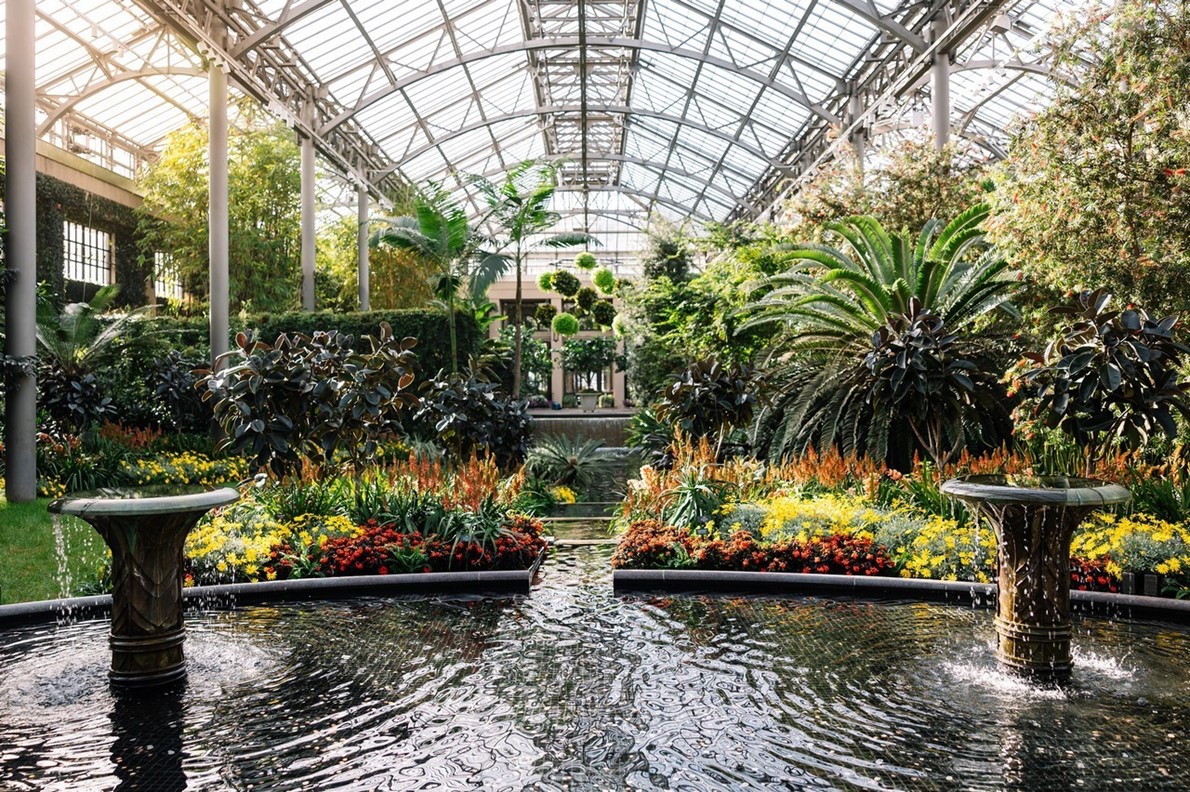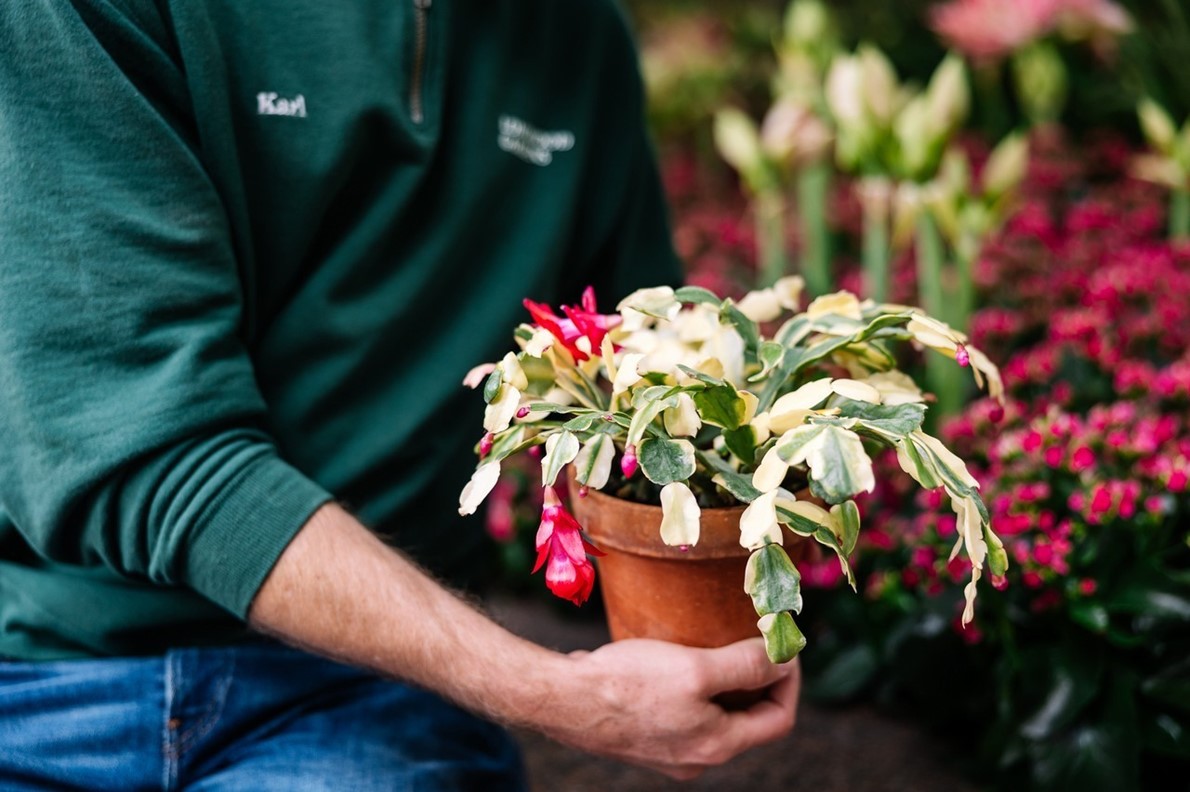If only houseplants could talk.
It is easy to imagine they would be
screaming their indignation at the wintertime perches we have assigned them —
places of painfully low light near some drafty window — in the inhospitable
arid zone that is indoor heating season.
اضافة اعلان
“Enough, I’m begging you!” And: “Get me out
of here!”
But they do not scream, except maybe
through body language, dropping leaves, or looking crispy to tell us that this
just is not working for them.
Houseplants do not read, either, as Karl
Gercens, the conservatory manager at Longwood Gardens in Kennett Square,
Pennsylvania, is quick to point out. That is our job.
It is up to prospective plant parents, he
said, to identify houseplants “that will thrive, not just survive” under our
particular conditions.
That does not just mean learning textbook
protocols by rote. It means learning to read the plants, too: watching for
trouble signs — the way the leaves of a spider plant (Chlorophytum comosum)
will turn a shade of gray, for example, when a drink is required — and figuring
out how to get ahead of them.
 The two-acre conservatory complex at
Longwood Gardens, in Kennett Square, Pennsylvania.
The two-acre conservatory complex at
Longwood Gardens, in Kennett Square, Pennsylvania.
Rather than inviting another winter of their
discontent, Gercens challenges us to rethink which houseplants we grow and how
we care for them.
In the case of this self-described
“rule-breaker” — he has been a houseplant person since he was five, when his
family inherited Great Grandma’s collection — that does not always mean using
the gentlest hand. When some plants grow leggy or weak, he will deliver hard
cutbacks.
It is up to prospective plant parents… to identify houseplants “that will thrive, not just survive” under our particular conditions.
And he advises that we get braver about
repotting, as well — not just up to roomier quarters, but sometimes down.
Where he never applies tough love: by
forcing a plant to grow where it does not belong.
The two-acre conservatory at Longwood
Gardens, with its ample light and climate-controlled environment, can support
most anything. At his home, as in ours, the conditions are less ideal.
Success hinges on an honest assessment of
your light and humidity conditions, and matching plant to place.
“Face it: If you only have north-facing
windows, there are just a certain number of plants that will work,” Gercens
said.
Do not set your sights on orchids (or if
you do, invest in grow lights). The corn plant (Dracaena fragrans) or peace
lily (Spathiphyllum) are better candidates. In low humidity, he recommends
stalwarts like the snake plant (Sansevieria) or cast-iron plant (Aspidistra elatior).
But even when selecting for durability, do
not take dull for an answer. As he put it, “You don’t have to just have a
plain-Jane green plant.”
Look past generic choices and search out
White Aspen, a corn plant cultivar with striking white margins, or Sweet Pablo
peace lily, which blooms more heavily than some. Other options include the
Black Gold snake plant, which has leaves edged in yellow, and Snow Cap
aspidistra, whose foliage is flushed with white.
That is where he wants to steer us: to workhorse
plants that match our conditions, yes, but in their most exciting incarnations.
The basics: soil, water, fertilizer —
and a good rinseThose of us who want improved results need
to get our houseplant basics down.
First assignments: “Finding a trusted
potting mix,” Gercens said, and checking your water source.
Not all bagged soil is created equal. A
good growing medium is light and fluffy, not dense; try squeezing the bag for
an indication of its texture.
 A
holiday cactus (Schlumbergera).
A
holiday cactus (Schlumbergera).
Then do some amending. Mix that potting soil
with as much as 50 percent of an even more porous material, he suggested, like
bagged orchid bark or a potting soil labeled for orchids, to achieve the
improved air circulation that roots are happiest in.
Not all bagged soil is created equal. A good growing medium is light and fluffy, not dense; try squeezing the bag for an indication of its texture.
Next: What are you watering with? Tap water
that has been softened for household use is not suitable for plants, as it
often contains excess salts. If you have a softener, use water from a tap that
does not flow through the device.
The best choice, Gercens said, is
rainwater. That gives you another reason to set up a rain barrel (or at least
set out a bucket).
Whatever the source, deliver water to
plants at room temperature, not cold.
Gercens advises doing a small amount of
fertilizing year-round — a tactic often called “weekly, weakly” — to promote
consistent growth. Apply a liquid feed at half the strength recommended on the
label. Fertilizer can be another source of harmful salt buildup, though, so
remember to flush out the pots periodically.
Downsizing: stern cutbacks and smaller
quartersStruggling plants, or those that have
outgrown the space or pots you can accommodate, should be slated for pruning,
repotting, or both in early spring, “as growth is beginning”, Gercens said.
“You want plants to be on the upswing when doing that.”
Are some too tall, stretched out or
straggly? A hard cutback near the base can rejuvenate many, including Pothos
(Epipremnum), various Ficus, spineless yucca (Yucca elephantipes), Schefflera,
and corn plant. But go carefully: Palms and cycads will not rebound.
With succulents, including Schlumbergera
and jade plant (Crassula ovata), tip pruning is recommended. Let the cuttings
sit a few days so the ends form a callous and then root them, yielding fresh
new plants.
When to pot up to bigger quarters is
probably obvious, but plants displaying weak growth may actually need a smaller
pot to thrive. “A too-large pot can hold onto unnecessary moisture and cause
root rot,” Gercens said.
In that case, unpot the plant, tease the
excess soil off the roots, and then prune them a bit before replanting the
vigorous divisions in a pot, or pots, of fresh soil. “So many times people are
afraid to cut the roots,” he said.
But as with his plant choices, he is clear
on this: Go ahead and dare.
Read more Lifestyle
Jordan News







